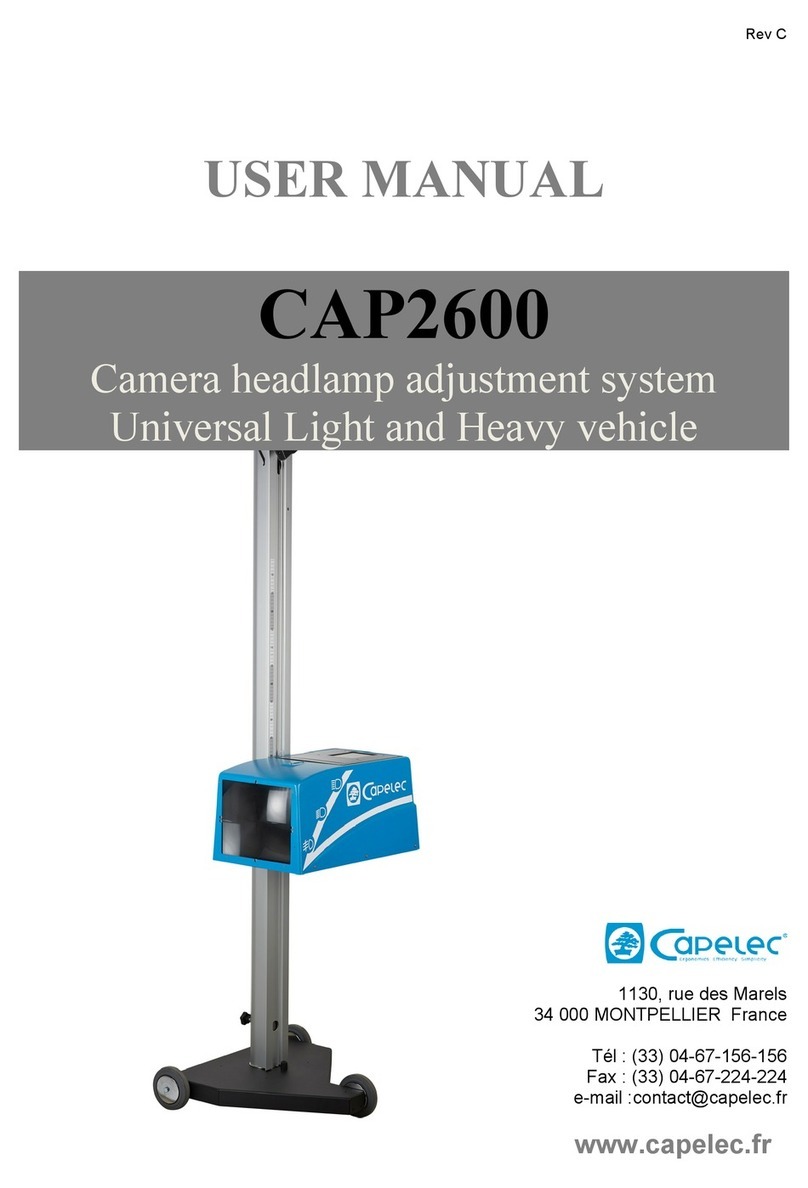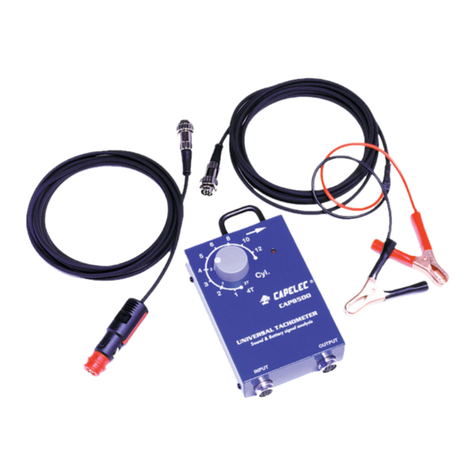
23/04/2019 Rev 3
SUMMARY
I. STATION OVERVIEW ...................................................................................................................2
I.1. OVERALL DIAGRAM ...........................................................................................................2
I.2. Overview............................................................................................................................4
I.3. Installation, Commissioning ............................................................................................13
I.4. Preventive maintenance, cautions..................................................................................15
II. GAS ANALYZER ..........................................................................................................................16
II.1. Principle...........................................................................................................................16
II.2. Operating conditions.......................................................................................................21
II.3. Technical features ...........................................................................................................22
II.4. Emission test ...................................................................................................................23
II.5. Gas Free Test...................................................................................................................26
II.6. Messages :.......................................................................................................................34
III. SMOKE-METER..........................................................................................................................39
III.1. OPERATING PRINCIPLE...................................................................................................39
III.2. OPERATING CONDITIONS...............................................................................................40
III.3. TECHNICAL FEATURES ....................................................................................................41
III.4. INSTALLATION AND CAUTIONS......................................................................................42
III.5. OPACITY TESTING PROCEDURE......................................................................................43
III.6. OPACIMETER MESSAGES................................................................................................49
IV. EOBD MODULE..........................................................................................................................51
IV.1. Overview ........................................................................................................................51
IV.2. Principle .........................................................................................................................52
IV.3. Measure and control .....................................................................................................52
V. CONFIGURATION.......................................................................................................................54
V.1. Clock/date:......................................................................................................................54
V.2. Garage Header:...............................................................................................................54
V.3. Operator:.........................................................................................................................55
V.4. Gas analysis:....................................................................................................................55
V.5. Smoke-meter: .................................................................................................................61
V.6. Centralization:.................................................................................................................63
V.7. Printing:...........................................................................................................................63
V.8. Impression Test:..............................................................................................................63
V.9. OPTION:...........................................................................................................................64
V.10. Parameters by default : ................................................................................................64
V.11. PC keyboard ..................................................................................................................64
V.12. Info Maintenance..........................................................................................................64
V.13. Information :.................................................................................................................65





























